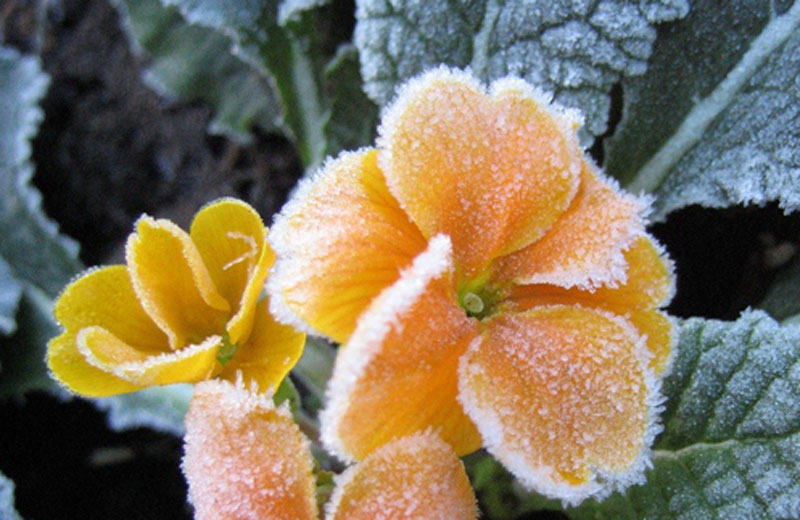Category: F
-
Food-borne infection
Food-borne infection refers to an illness caused by pathogenic organisms carried by the food and transmitted to man. A sickness that is a result of eating food contaminated by pathogens. Symptoms may include nausea, vomiting, cramps, bloody diarrhea, fever, chills, weakness, and headache. Pathogens can occur in a broad cross-section of food. For instance, bacteria…
-
Feeding trails
Experiments using animals or humans that are designed to test the effect or value of one or more variables in foods by measuring suitable indices.
-
Feeding programme
Provision of supplementary foods or nutrients to population groups that are deficient in them.
-
Fats and oils
Mixtures of glycerol esters of a number of fatty acids, either saturated or unsaturated; fats and oils are insoluble in and immiscible with water. Fats are nutrients found in animal products and plant foods such as nuts, whole-grain cereals, seeds, avocados, and olives. Nutrition experts generally recommend that fats should constitute no more than 30…
-
Fungal disease
Any of a great number of diseases of plants caused by a fungal organism.
-
Fruit fly
A small insect pest that lays its eggs beneath the surface of developing fruits, in particular soft fruits such as peaches and tomatoes. The small, soft larvae develop rapidly and exit the fully ripe fruit via small holes, but not before causing pockets of fermentation and rot in the fruit, thus spoiling it.
-

Frost tender
Damaged or killed by even the lightest winter frosts. Many frost tender plants (mostly of tropical origin) may in fact suffer tissue damage when exposed to temperatures well above freezing-point, as high as 50 F (10 C) in the case of some species.
-
Frost hardy
Able to survive winter frosts without damage to leaves (in the case of evergreens) or of dormant stems, buds or roots (in the case of deciduous plants). Frost hardiness is a relative concept, in that many plants able to survive a frost of 20 F (-7 C) in, say, southern England would be killed outright…
-
Forage
Plants on which grazing animals browse while still growing, often in the wild and including trees and shrubs as well as grasses and other herbs. Creation of a channel through an enlarged prostate by use of an electric cautery. This technique may be used in other tissues.
-
Fireblight
A bacterial disease of the pome-fruit trees and shrubs of family Rosaceae, most feared by apple and pear growers but affecting also genera such as Sorbus, Cotoneaster and Crataegus. Its symptoms include shrivelled and blackened leaves and oozing patches on the branches and the plant may eventually die.